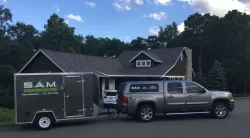Minnesota’s diverse climate, characterized by frigid winters, humid summers, and unpredictable weather patterns, poses unique challenges for homeowners, especially when it comes to roofing. Ensuring your roof is equipped to handle these conditions is paramount for the longevity and safety of your home. This guide provides an in-depth look at roofing considerations specific to Minnesota, helping homeowners make informed decisions.
Understanding Minnesota’s Climate Impact on Roofing
The state’s climate can lead to various roofing issues:
- Ice Dams: Formed when heat escapes from the attic, melting snow on the roof, which then refreezes at the eaves, causing water to back up under shingles.
- Thermal Cycling: Frequent temperature fluctuations can cause roofing materials to expand and contract, leading to material fatigue over time.
- Moisture Intrusion: High humidity and precipitation levels increase the risk of mold, mildew, and rot if roofs aren’t properly ventilated and maintained.
Selecting the Right Roofing Materials
Choosing appropriate materials is crucial for durability and performance:
- Asphalt Shingles: Popular due to affordability and ease of installation. Opt for architectural shingles for enhanced durability.
- Metal Roofing: Offers longevity and excellent snow-shedding capabilities, making it suitable for snowy regions.
- Slate and Tile: Provide a distinctive look and long lifespan but require reinforced structures due to their weight.
- Synthetic Materials: Mimic traditional materials like wood or slate but are lighter and often more resistant to weather-related damage.
Importance of Proper Roof Ventilation
Adequate ventilation is vital to prevent moisture buildup and regulate attic temperatures:
- Ridge Vents: Allow warm, humid air to escape from the attic.
- Soffit Vents: Facilitate the intake of cool, dry air into the attic space.
Proper ventilation reduces the risk of ice dams and extends the life of roofing materials.
Regular Maintenance and Inspection
Routine checks can prevent minor issues from escalating:
- Biannual Inspections: Assess the roof in spring and fall for signs of damage or wear.
- Gutter Cleaning: Ensure gutters are free from debris to prevent water backup.
- Attic Assessment: Check for signs of moisture, mold, or insulation issues that could affect roof performance.
Working with Local Roofing Experts
Collaborating with professionals familiar with Minnesota’s specific challenges ensures quality workmanship and material selection. Local experts can provide tailored solutions, from material recommendations to installation techniques suited for the region’s climate.
Insurance and Roofing Projects
Understanding your homeowner’s insurance policy is essential when undertaking roofing projects:BuildZoom
- Coverage Details: Know what types of damage are covered, such as storm or hail damage.
- Claim Process: Document damage promptly and work with reputable contractors who can assist in the claims process.
Sustainable Roofing Options
Eco-friendly roofing choices are gaining popularity:
- Cool Roofs: Reflect more sunlight and absorb less heat, reducing cooling costs.
- Recycled Materials: Some shingles are made from recycled content, minimizing environmental impact.
- Green Roofs: Incorporate vegetation layers, providing insulation and reducing runoff, though they require specific structural support.
Navigating the complexities of roofing in Minnesota requires a blend of the right materials, regular maintenance, and collaboration with knowledgeable professionals. By understanding the unique challenges posed by the state’s climate and making informed choices, homeowners can ensure their roofs remain durable, efficient, and protective for years to come.
At S.A.M. Shingles & More, we pay attention to the details that matter.


